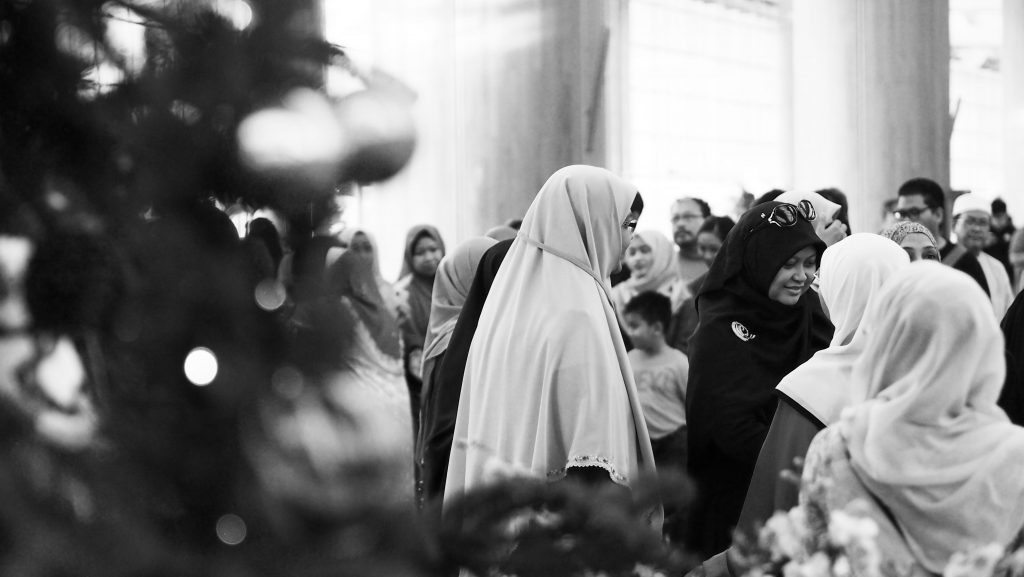Being and Becoming Female in the Malay World: Interrogating and Curating the Photo-Archives of Early Singapore
January 31, 2022

Apart from being a port of call and a hub for trade and industry, Singapore was also a centre for photography in its early days. Photographers descended from Europe looking to document their travels to Southeast Asia. Photography presented another way of documenting history and was instrumental in visualising the world. Before photography became popular among the local population, photographs were mostly taken by European photographers. These photographs catered to a European audience. Besides providing a window into the past, the ways in which photographs were framed and taken also provided insight into how the British perceived Singapore’s local population and environment.
In January 1878, Moses C. Moses, an Armenian businessman, seized the economic opportunity that presented itself after the local population took interest in photography, and opened Moses & Co’s Photographic Studio. He hired British and European photographers to work for him. Over the years, Moses & Co’s photographic studio has contributed to Singapore’s visual history by engaging in image-based documentation. The studio also offered modern innovations in photography at that time which included night photography and photography of moving objects. After some success, newly set-up photographic studios provided stiff competition to Moses & Co’s Photographic Studio which affected the business. Moses C. Moses passed away on 15 July 1920.
When constructing memories of a nation, there is a danger of (inadvertently) suppressing alternative voices, and leaving out the ‘everyday’, i.e. the seemingly insignificant. After all, constructing collective memories is an exercise of power and subjectivity. Photographs, however, provide snapshots of events on the ground – the actual instances of daily life that are often overlooked or left out in the documentation of memories and construction of national narratives. Thus, photography provides a good medium for conversations surrounding art, heritage, and culture. The Singapore International Photography Festival, a biennial event, provides a platform for such critical thought and academic discussion on photography in Southeast Asia. It attracts a worldwide community that progresses the art and appreciation of photography, and supports the rise of Southeast Asian photographers onto the international stage.
To access the value and role of pre-digital photographs as heritage in Singapore, Associate Professor Maznah Mohamad (NUS Malay Studies and Southeast Asian Studies) and her research team investigate how gender, race, and place have been visually portrayed in Singapore’s history. Their project ‘Being and Becoming Female in the Malay World: Interrogating and Curating the Photo-Archives of Early Singapore’, funded by the National Heritage Board’s Heritage Research Grant, explores how people remember through still photographic representations of people, place, and society, from around the start of the British colonial period in 1867 to the early post-World War II era.
Photographs and postcards contain a ‘single frame narrative’, which allows still images to be read dynamically, through which the hidden texts of photographs can be deciphered. This enables the reading of ways in which female Malay subjecthood is represented and framed by architectural and spatial settings. Old photographs also portray the mobility and independence of Malay women in now-lost urban communities. Many aspects within old photographs can be studied, such as the everyday to elite modes of dress, and the economic and socio-cultural dimensions that paint the lives of Malay women.
Several methodological components are involved. Firstly, archival and secondary data sources are used to explore the socio-cultural context of photography in Singapore, including the history, politics, and culture of photo-taking. Secondly, selected photographs are to undergo close and distance readings. In close readings, the visual image constitutes the textual data; in distance readings, the contexts of the photograph, such as the date, period, and events of the time, are studied. Lastly, a virtual exhibition will be curated and used to study audience reaction, thereby deriving knowledge about the politics, culture, and dynamics of heritage curation.
